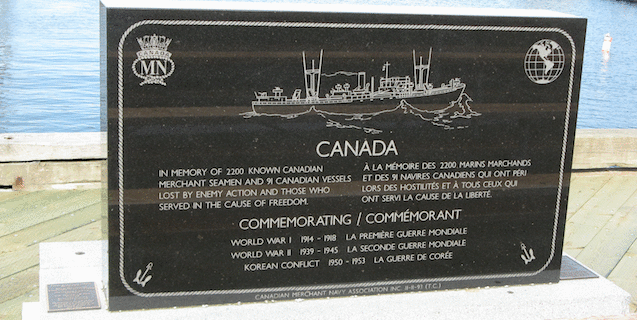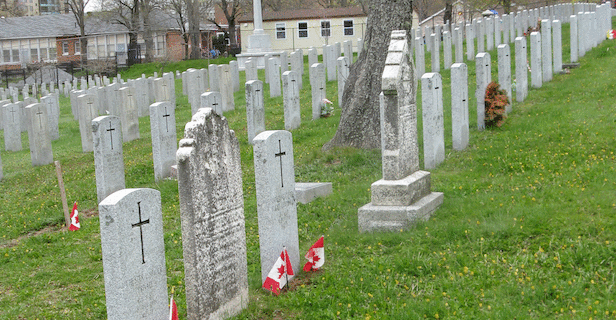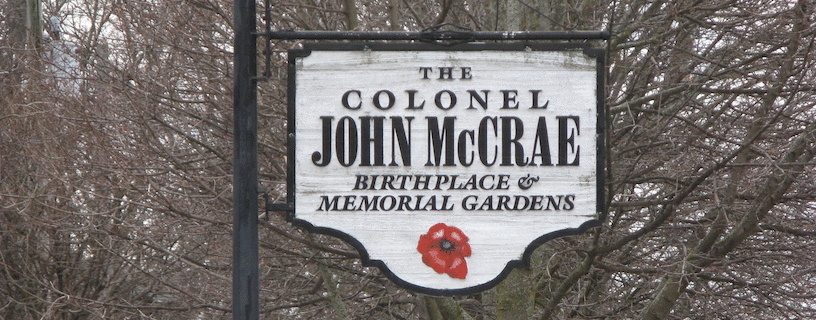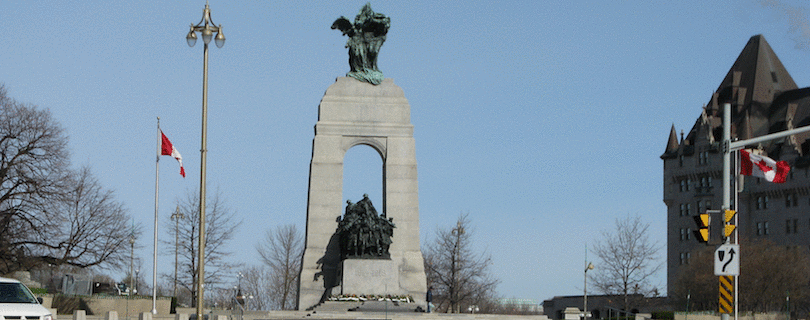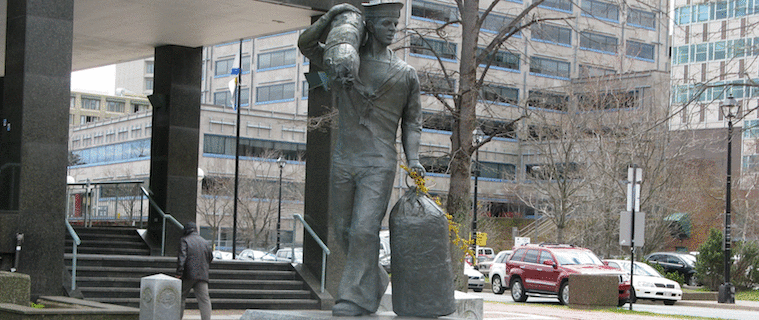- English
- Francais
Retrieving Historical Art from the Rijksmuseum
The Muninn Project aims to statistically recreate scenes of historical events using Linked Open Data. Historical art is rich with information important to the study of politics and human culture - but there is so much historical art to examine that it becomes difficult to devote sufficient attention to each individual piece of art. So, how might we resolve this problem of "information overload"? If we statistically recreate scenes of historical events, and retrieve relevant art to display in them, we argue that analysis of the art becomes easier with the additional historical context provided by the scene. Let’s try this.

The Rijksmuseum is a national historical art museum located in Amsterdam. They provide a public API for retrieving art objects in their collection, which you can read more about here. There’s close to one million art objects made available by the Rijksmuseum. We can narrow down our search for historical art: we’ll try to sample only the art that best fits the context of our recreated historical scenes.
As an example, we’ll retrieve art from the Rijksmuseum produced between 1845 and 1945 to display in a scene of a historical event that took place during that time period. We could send a GET request with the following URL to retrieve the first piece of art that satisfies this constraint:
|
https://www.rijksmuseum.nl/api/en/collection?key=WfTGhlrw&q=&yearfrom=18... |
Note that: we’ve also restricted the type of art that we retrieve; we’re only retrieving prints, even though the Rijksmuseum also provides photos. We’ll begin to look at historical photos to display in our scenes in a future blog post. The Rijksmuseum may or may not be the best source for photos, though they certainly provide very high quality images of prints that are important to Dutch history. Calls to the Rijksmuseum API return a JSON object, listing the titles of art that match our search parameters, and links to images of them.
Let’s look at the art objects that match our search parameters. You might be wondering, how many of the Rijkmuseum’s art objects were produced between these years?
> (rijksmuseum/count 1845 1945)
7622
There is a fair volume of historical art to examine between those years. So, what might a sample of that art look like?
> (rijksmuseum/sample 1845 1945)
This sample of historical art is of Japanese origin. Most of the Rijkmuseum art is not of East Asian origin, though they keep a small collection. We might wish to restrict the art we sample by the geographical location that our historical scenes take place in. This is possible with the Rijksmuseum API, but only approximately, by modern or historic country.
We’ve been playing with Unity3d, a game engine; we’ve made a picture frame asset that retrieves and displays a sample of historical art when the scene that it is placed in is played. A repository containing that asset can be found here. The script that retrieves art from the Rijksmuseum was written in Clojure, with the new Arcadia plugin; we hope to explore how the functional programming paradigm might help us further progress on the Muninn project.

We hope to retrieve art from the Rijksmuseum and place it in our statistically recreated scenes of historical events. The Unity3d asset that we have created facilitates this: we need to make more progress on statistically building the structure of our scenes, but we are now able to populate picture frames with art in our scenes once we have determined where they should be placed. It would be nice to display a description of the art to the viewer, to aid the analysis of the art in the context of the scene. Stay tuned for more information on this endeavour!
